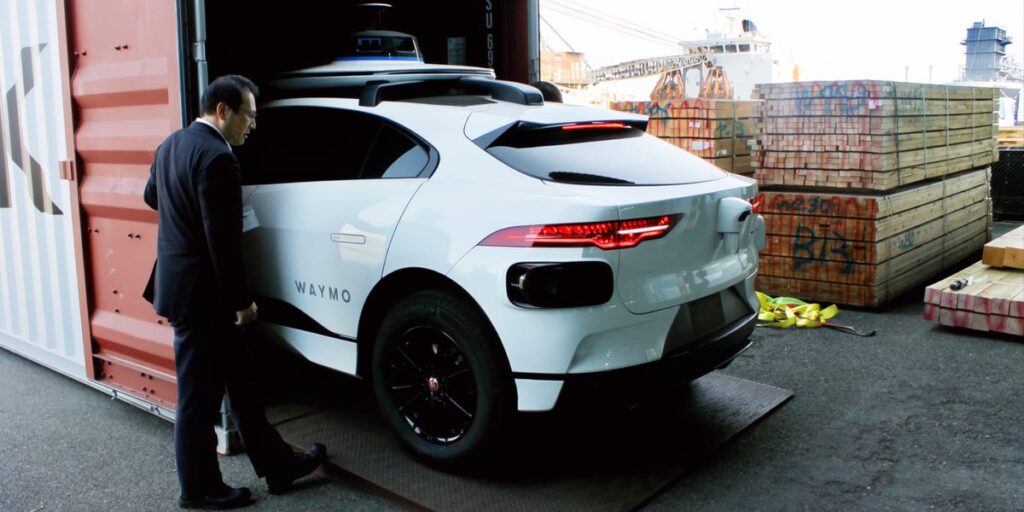Waymo has officially launched in Tokyo. The Alphabet-owned autonomous vehicle company revealed on Wednesday that its Jaguar I-PACE vehicles will start mapping seven central wards of Tokyo, including Minato, Shinjuku, Shibuya, Chiyoda, Chūō, and Shinagawa, which are key commercial areas of the city.
Currently, the vehicles will not operate without a driver. Nihon Kotsu and GO, two of Japan’s largest taxi services, will oversee the fleet and manually drive the vehicles. This collaboration aims to help Waymo’s vehicles gather important data to understand Japan’s specific driving patterns, such as the left-hand traffic system.
Sandy Karp, a Waymo spokesperson, explained that drivers from Nihon Kotsu will operate the vehicles just like any human driver, without any autonomous features engaged initially. The data collected from these missions will aid in adjusting and verifying Waymo’s autonomous driving technology for the Japanese market.
Waymo will kick off the mapping initiative with a fleet of 25 vehicles. A photo shared by Karp shows one of the vehicles exiting a shipping container at a Japanese port, with a Nihon Kotsu team member supervising. The vehicles have been taken to a depot for modifications to meet local laws, including new signage and an additional blindspot mirror.
Yasuharu Wakabayashi, president of Nihon Kotsu, has expressed confidence in his drivers’ training in the U.S., asserting they are prepared to introduce Waymo’s vehicles to Tokyo. He anticipates that autonomous robotaxis will address future driver shortages, viewing this project as a key step toward creating an ideal synergy between people and advanced technology.
Waymo’s strategy for full autonomy involves thorough mapping of specific areas using its vehicles before launching a driverless service to the public. This differs from approaches taken by companies like Wayve or Tesla, which utilize end-to-end learning for self-driving software, allowing cars to learn to navigate in real-time without the need for prior mapping.
Waymo’s director of product management, Vishay Nihalani, mentioned that as the driving data accumulates, the time required to map new cities will decrease. The company is also seeking partnerships with third parties, such as rideshare platforms, to help manage its fleet in various locations.
Currently, Waymo’s service is operational in cities like San Francisco, Phoenix, Los Angeles, Austin, Atlanta, and designated areas of Silicon Valley, facilitating over 200,000 paid passenger trips each week.


